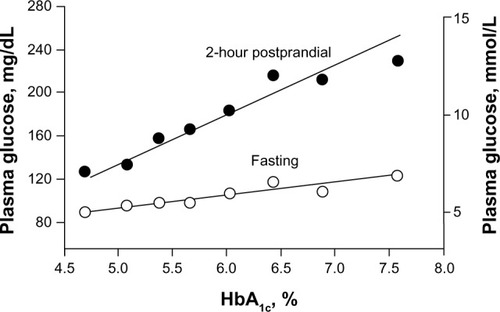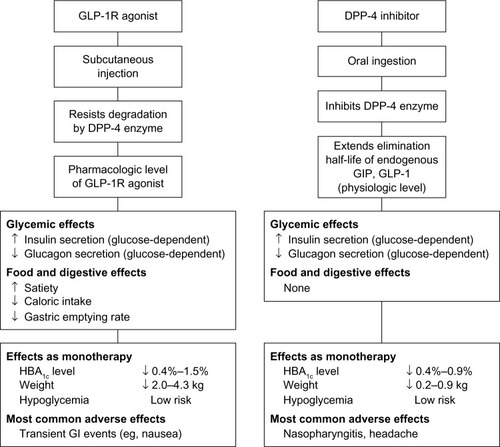Figures & data
Table 1 PPG outcomes as monotherapy: placebo-controlled trials published from 2008 to October 2012
Table 4 PPG outcomes as add-on to insulin: trials published from 2008 to October 2013
Table 2 PPG outcomes as add-on to metformin: selected trials published from 2008 to October 2012
Table 3 PPG outcomes as add-on to a sulfonylurea: trials published from 2008 to October 2012


